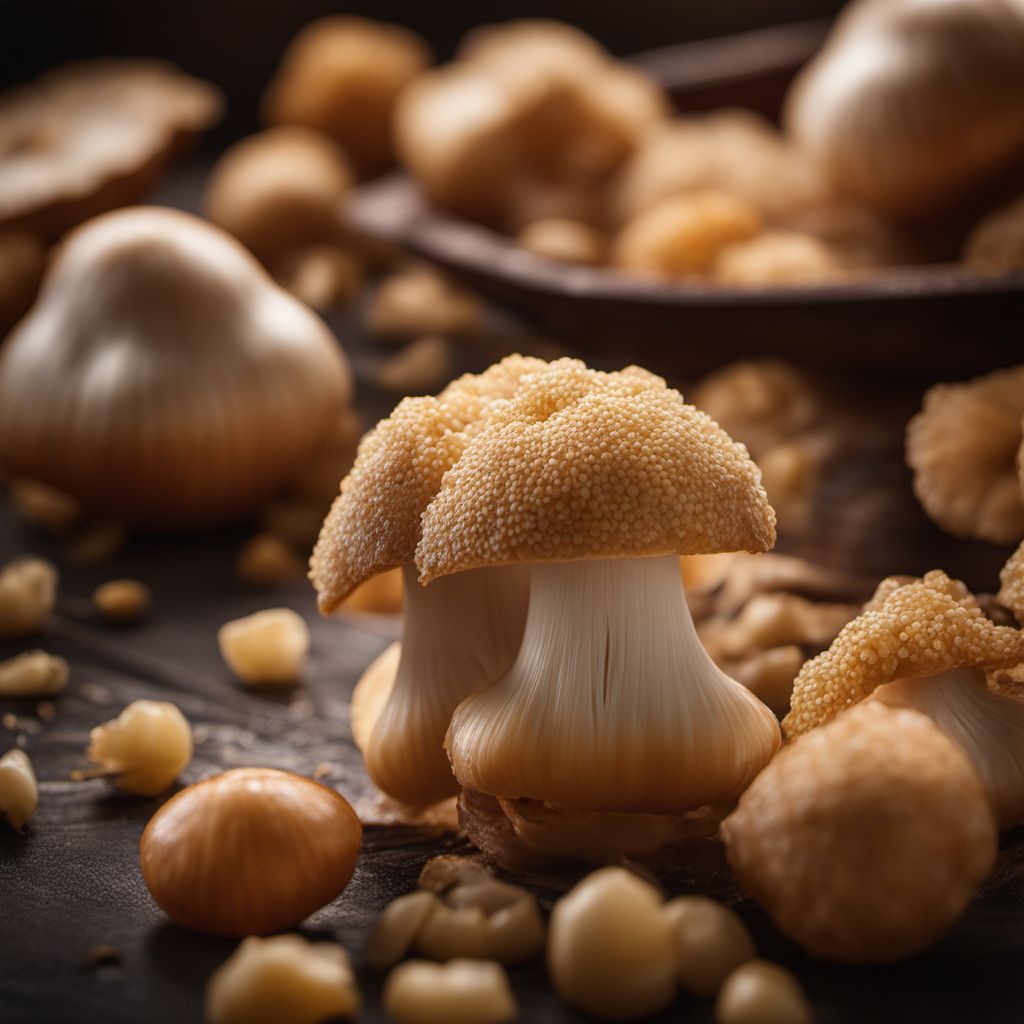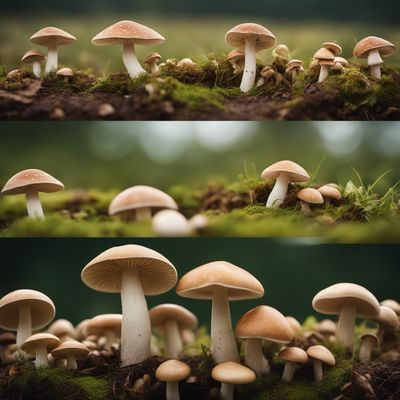
Ingredient
Other wild fungi
Exploring the Hidden World of Wild Mushrooms
Other wild fungi encompass a wide range of mushrooms that grow in various habitats, including forests, meadows, and even decaying logs. These mushrooms come in different shapes, sizes, and colors, with textures ranging from delicate and tender to meaty and chewy. Their flavors can be earthy, nutty, fruity, or even umami, adding depth and complexity to dishes. From the delicate chanterelles to the robust porcini, each wild mushroom brings its own distinct characteristics to the table.
Origins and history
Wild mushrooms have been a part of human cuisine for centuries, with evidence of their consumption dating back to ancient civilizations. They have been foraged and enjoyed by cultures around the world, from the forests of Europe to the mountains of Asia. In many cultures, wild mushrooms hold a special place in traditional dishes and folklore, often symbolizing abundance, fertility, or even mystical powers.
Nutritional information
Other wild fungi are low in calories and fat, making them a healthy addition to meals. They are also a good source of protein, fiber, vitamins, and minerals, such as potassium, phosphorus, and selenium.
Allergens
Some individuals may be allergic to certain types of wild mushrooms, so it is important to exercise caution and consult with a healthcare professional if you have any concerns.
How to select
When selecting other wild fungi, look for mushrooms that are firm, with a fresh appearance and no signs of decay or mold. Avoid mushrooms with slimy or discolored caps, as these may indicate spoilage. It is also advisable to purchase wild mushrooms from reputable sources or experienced foragers to ensure safety and proper identification.
Storage recommendations
To maintain the freshness and quality of other wild fungi, store them in a paper bag or a breathable container in the refrigerator. Avoid washing them until ready to use, as excess moisture can cause them to deteriorate quickly. Use them within a few days of purchase for the best flavor and texture.
How to produce
Growing other wild fungi at home can be challenging due to their specific environmental requirements and the need for expert knowledge in identification. It is recommended to leave wild mushroom foraging to experienced individuals or to purchase them from trusted sources.
Preparation tips
Before cooking other wild fungi, gently brush off any dirt or debris with a soft brush or cloth. Avoid soaking them in water, as they can absorb moisture and become mushy. Depending on the variety, wild mushrooms can be sautéed, roasted, grilled, or used in soups, stews, risottos, and pasta dishes. They pair well with herbs, garlic, butter, and cream, enhancing their natural flavors.
Culinary uses
Other wild fungi are highly versatile and can be used in a variety of culinary applications. They add depth and complexity to sauces, soups, and stews, and can be sautéed as a side dish or incorporated into pasta dishes, risottos, and omelets. They also make a flavorful addition to pizzas, quiches, and savory tarts.
Availability
Other wild fungi are commonly available in regions with suitable climates and ecosystems for their growth. They can be found in forests and woodlands across Europe, North America, Asia, and other parts of the world.
